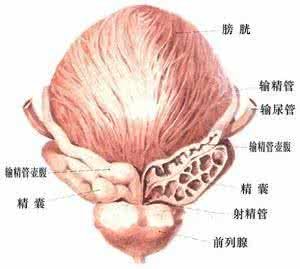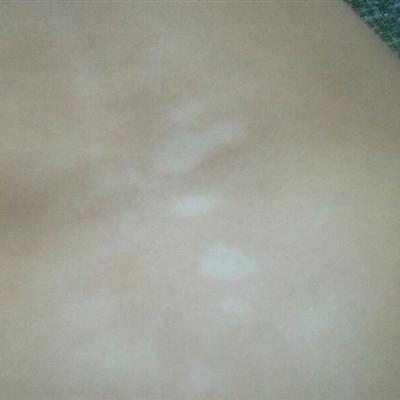Symptoms and signs of pancreatic cancer?
summary
Early pancreatic cancer may be asymptomatic because of its small size and limited to the pancreas. With the progress of the disease, the tumor gradually increased, involving the gallbladder, pancreatic duct and peripancreatic tissue, symptoms can appear. At this time, the course of disease is often up to half a year or more.
Symptoms and signs of pancreatic cancer?
Abdominal pain, epigastric discomfort and dull pain are the most common initial symptoms of pancreatic cancer. The location of abdominal pain is not clear and the range is wide. The typical parts are the middle and upper abdomen and the left quarter rib, which can radiate to the back, chest and right scapula. Abdominal pain can be manifested as dull pain, gnawing pain, heavy pressure pain, etc., which are mostly persistent and can be aggravated after meals.
Jaundice is an important symptom of pancreatic cancer patients, and obstructive jaundice is the most prominent manifestation of pancreatic head cancer, the incidence rate is more than 90%. In the early stage, there was no jaundice in the body and tail of pancreas. Jaundice is usually persistent and progressive. When the obstruction is complete, the stool may be clay colored, and the skin may be brown or bronze colored with pruritus.
Weight loss is a common symptom of pancreatic cancer. 90% of patients have weight loss, which is characterized by rapid development. It is considered to be related to pancreatic bile deficiency, poor digestion and absorption function, heavy mental burden, sleep, direct effect of cancer cells and poor appetite.
matters needing attention
1. Epigastric tenderness is an early sign of pancreatic cancer. With the progress of the disease, the traction reaction caused by affecting the visceral capsule can aggravate the pain day by day. 2. Jaundice with palpable gallbladder enlargement is the main sign of pancreatic head cancer. 3. About 70% of patients with hepatosplenomegaly are caused by liver blood stasis. Splenomegaly can be detected if the tumor thrombus blocks the splenic vein. 4. Abdominal mass is located in the back of abdominal cavity, so it is not easy to touch the cancer itself. However, in advanced pancreatic cancer, it can touch the fixed and hard nodular mass. 5. When pancreatic cancer compresses superior mesenteric artery, abdominal aorta or splenic artery, blow like vascular murmur may appear in abdomen. 6. Ascites sign in advanced stage of pancreatic cancer due to peritoneal metastasis, portal vein thrombosis or tumor compression of the portal vein, there may be ascites sign. 7. Thrombophlebitis patients with pancreatic cancer may have migratory thrombophlebitis or deep leg venous thrombosis.
















